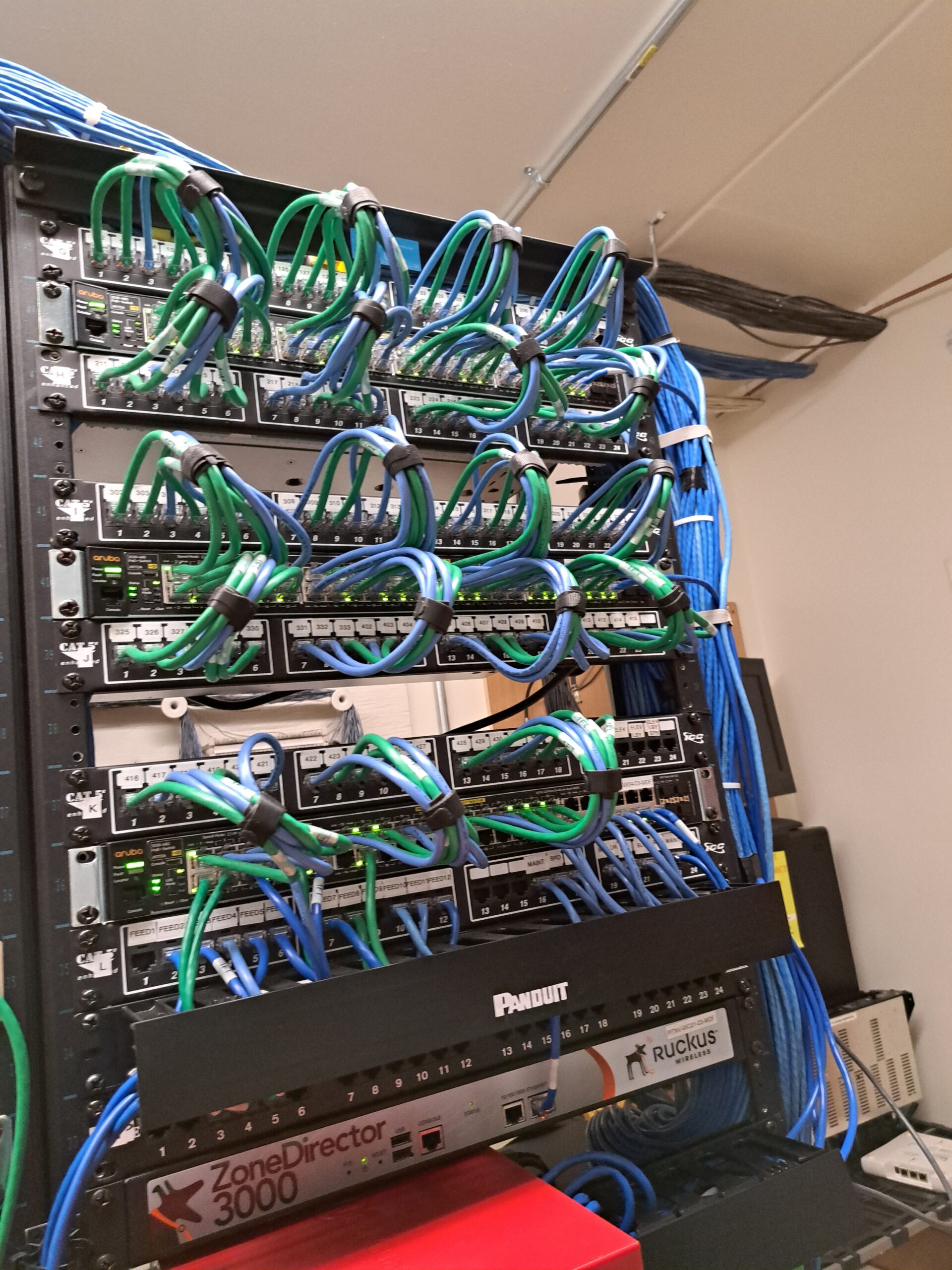In the competitive hospitality industry, offering reliable Wi-Fi is a must. With the introduction of Wi-Fi 6 (802.11ax), many hoteliers are considering whether they should upgrade their networks to this new standard. Wi-Fi 6 promises faster speeds, increased capacity, and improved efficiency, but does it really have a place in hospitality? The reality is more complex, and for many hotels, the answer might be “not yet.” Here’s why.
1. Wi-Fi 6’s Benefits in Theory vs. Hospitality Reality
Wi-Fi 6 offers several key improvements over previous generations, such as:
- Higher Speeds: Wi-Fi 6 can theoretically deliver speeds up to 9.6 Gbps, nearly three times faster than Wi-Fi 5 (802.11ac).
- Greater Capacity: It handles more devices simultaneously, making it ideal for high-density environments.
- Better Efficiency: Technologies like Orthogonal Frequency-Division Multiple Access (OFDMA) and Target Wake Time (TWT) improve network efficiency, especially in busy environments.
These advancements sound like a perfect fit for hotels, which often have hundreds of guests connecting multiple devices at once. However, the practical benefits of Wi-Fi 6 in the hospitality industry might not be as significant as they seem at first glance.
2. Guest Needs: Are Wi-Fi 6 Capabilities Overkill?
One of the biggest questions is whether hotel guests actually need the full capabilities of Wi-Fi 6. While the technology excels in handling dense environments, the average guest’s needs are often modest. Guests primarily use Wi-Fi for tasks like browsing the web, streaming videos, and checking emails. These activities can be adequately supported by Wi-Fi 5 or even older standards in many cases.
Moreover, hotels typically only budget 3 to 10 Mbps per guest on the WAN (wide-area network) connection. Even with the best in-room Wi-Fi technology, guests are still limited by the hotel’s overall internet bandwidth. Upgrading to Wi-Fi 6 doesn’t change the fact that the speed each guest experiences is capped by the available bandwidth, which may not justify the investment in the newer technology.
3. Cost of Upgrading vs. Actual Benefits
Upgrading to Wi-Fi 6 is a significant financial undertaking. It’s not just about swapping out old access points for new ones. Often, it requires upgrading switches, cabling, and other network infrastructure to support the higher power demands and advanced features of Wi-Fi 6.
Given that many guests won’t notice the difference—especially if the WAN bandwidth remains limited—the return on investment (ROI) may not be as high as expected. For smaller hotels or those operating on tight budgets, the cost-benefit analysis might suggest that sticking with existing Wi-Fi infrastructure, or upgrading selectively, makes more sense.
4. Device Compatibility: A Mixed Environment
Another challenge with adopting Wi-Fi 6 in hotels is device compatibility. While Wi-Fi 6 is backward compatible with older devices, the full benefits of the technology can only be realized with Wi-Fi 6-capable devices. Many guests still use devices that rely on Wi-Fi 5 or earlier standards, meaning they won’t take advantage of the new features.
In a hotel environment, where a wide range of devices connects to the network, the presence of older devices can limit the performance gains from Wi-Fi 6. This mixed environment may prevent hoteliers from seeing a meaningful improvement in guest experience, even after making a substantial investment in new technology.
5. Operational Enhancements: Are Hotels Ready?
Wi-Fi 6 has the potential to improve not just guest connectivity, but also hotel operations. The technology supports more connected devices and can enhance the performance of Internet of Things (IoT) devices used for smart room controls, energy management, and security systems.
However, many hotels still rely on legacy systems that may not be fully compatible with Wi-Fi 6. Without a broader strategy to modernize the entire technology stack, the operational benefits of Wi-Fi 6 may be limited. Hotels must evaluate whether they are ready to fully leverage the advanced capabilities of Wi-Fi 6 before committing to an upgrade.
6. Future-Proofing: Is Wi-Fi 6 the Right Move Now?
Future-proofing is often cited as a reason to adopt Wi-Fi 6. With more devices connecting to hotel networks and guest expectations rising, it makes sense to prepare for the future. However, with Wi-Fi 7 already on the horizon, some hoteliers may be hesitant to invest heavily in Wi-Fi 6, knowing that another upgrade could be necessary sooner than expected.
Additionally, alternative technologies such as 5G and cloud-based services may also impact future connectivity needs. Hotels might find that focusing on optimizing existing networks or gradually phasing in Wi-Fi 6 where it’s most needed could provide better long-term value.
Conclusion: Does Wi-Fi 6 Have a Place in Hospitality?
Wi-Fi 6 undoubtedly offers advanced features that can improve network performance, but its place in hospitality is not a one-size-fits-all solution. For many hotels, especially those with limited WAN bandwidth, the benefits of Wi-Fi 6 may not justify the cost of a full-scale upgrade. Hotels should carefully assess their specific needs, guest usage patterns, and operational goals before deciding whether Wi-Fi 6 is the right choice.
In many cases, optimizing current networks, selectively deploying Wi-Fi 6 in high-traffic areas, and planning for gradual upgrades may provide a more balanced approach. Ultimately, the decision should be based on whether Wi-Fi 6 truly aligns with the needs of your property and your guests—both now and in the future.

